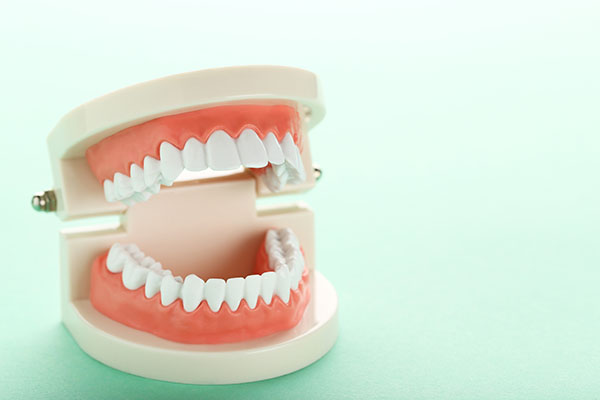 There are some cases where a stained or chipped tooth can be fixed with dental bonding or contouring. While these issues can be more severe and so require a different solution, something like an uneven edge or unsightly spot can often be treated without more invasive procedures that can affect the entire mouth.
There are some cases where a stained or chipped tooth can be fixed with dental bonding or contouring. While these issues can be more severe and so require a different solution, something like an uneven edge or unsightly spot can often be treated without more invasive procedures that can affect the entire mouth.
Dental bonding
This procedure enhances a tooth's appearance by adding a small amount of material to it.
Material used
Composite resin is typically the material used to fill in irregularities in a tooth. This is the same compound generally used to fill more visible cavities because it is similar in color to the natural enamel of the tooth. It can even be shaded to match the color of a tooth so the bonding is not noticeable. A treatment like this can last between 5 and 10 years depending on care.
Issues it can fix
More serious irregularities may not be able to be repaired by bonding. The following are some of the issues commonly fixed by this type of procedure:
- Small gaps between teeth.
- Intense stains unable to be lifted with other whitening options.
- A tooth that appears short or uneven.
- Chipped teeth.
- As an alternative to a crown on a front tooth.
This treatment can typically be completed in a single office visit and without the use of any numbing agents. It is important to keep the teeth as clean as possible after having this procedure, as the bonded area will not discolor along with the natural enamel. Regular brushing and oral hygiene is therefore important. In some cases, tooth whitening may be necessary to keep the surrounding teeth the same color as the bonding.
Dental contouring
Instead of adding material to a tooth, this procedure takes away a small amount of enamel.
Tools used
A sanding instrument is most often used to correct small imperfections on the enamel of a tooth. When the irregularity is on the side of a tooth, contouring can be accomplished using sandpaper-like strips. The issue needs to be on the surface of the tooth and not down too deep for this treatment to be a recommended option.
Smile problems it can solve
Contouring can only be performed on thick enamel. Attempting to contour thin enamel can cause chipping or cracking. A procedure like this can successfully deal with pits or rough patches, pointed or jagged edges, teeth that overlap or longer teeth that create an uneven smile.
While this treatment can be completed in a dental office, the strength of your enamel should be thoroughly checked by a dental professional before beginning the procedure. This can prevent thin enamel from being damaged unnecessarily.
Check out what others are saying about our dental services on Yelp: Dental Bonding in San Antonio, TX.
Conclusion
Teeth with small surface imperfections may be able to be fixed with dental bonding and contouring. These relatively simple procedures involve adding material or shaving off small amounts of enamel. Many common tooth issues can be addressed quickly and easily with these treatments.
Request an appointment or call Rim Dental at 210-693-1939 for an appointment in our San Antonio office.
Related Posts
For problems like tooth chips, stains, or gaps between two front teeth, dental bonding is often the preferred option. Dental bonding can also be used to repair cracked teeth or teeth with jagged edges. It is a simple and painless way to enhance the look of your teeth and your smile. Continue reading to learn…
When natural teeth are no longer healthy, it is occasionally necessary to get dentures. Although it is not always pleasant, adjusting to new dentures does not have to be traumatic. Understanding the facts about dentures can help dispel common myths that may cause anxiety and help make the transition to using this type of artificial…
Wondering how a cosmetic dentist can help your smile? Read on to learn more about some common cosmetic dentistry treatments. An individual’s smile affects their self-esteem, so dental problems cause people to hide their smiles. The issue can be a result of genetics, accidents, or poor oral health habits. Regardless of the cause, a cosmetic…


